In this Article:
Introduction to Bagua
What is Bagua? Bagua is a symbolic system used to describe the universe, all things within it, and the changes in human life. Comprising eight symbols, each represents different natural elements, forces, and moral traits, allowing for various combinations.
Why is it called Bagua? "Ba" represents the eight fundamental symbols, while "gua" refers to symbols, symbols, or images representing a meaning and information. The specific origin of Bagua may be related to mythological legends and divination methods.
What is Bagua Formation? Bagua Formation is a layout composed of eight trigrams, commonly used in military strategy, defensive formations, and feng shui layouts. "Formation" refers to an orderly arrangement of layout, formation, or formation.
What is 64 Hexagrams? Bagua consists of eight symbols that can be combined into 64 different hexagrams, each with its unique meaning. They are used to predict and interpret changes in life, explore the mysteries of the universe, and guide individuals.
The Origin of Bagua: The origin of Bagua can be traced back to ancient Chinese culture, particularly the Book of Changes (Yijing). The Yijing is a philosophical classic that records observations and reflections on the universe, nature, and human life, as well as the theories of change and operation laws.
The Formation of Bagua: The Yijing was initially created by the legendary figures Fuxi and Nuwa. According to legend, Fuxi observed the changes in nature and humanity and recorded them in eight symbols, which became the eight trigrams.
The Relationship Between Bagua and Yijing: Bagua is a symbolic system within the Yijing, one of its core elements, used to describe the changes and operating laws of the universe and human life, exhibiting a close relationship between them.
What are Yao in Yijing? In the Yijing, Yao (lines) refers to each line in a hexagram, representing the state of yin and yang. A hexagram consists of six Yao, which can be either yang (representing positivity) or yin (representing negativity).
Symbols of Bagua

Bagua contains eight basic symbols, each called a trigram, each trigram consisting of three lines (Yao):
Qian (Heaven): Qian represents "Heaven," symbolizing the highest realm of the universe. Qian consists of three solid lines and is represented by "☰," signifying strength, creativity, and ambition, usually viewed as a positive and favorable symbol.
Kun (Earth): Kun represents "Earth," symbolizing the foundation and basis of the universe. Kun consists of three broken lines and is represented by "☷," signifying gentleness, tolerance, and patience, reflecting the stability, tranquility, and inclusiveness of the earth.
Li (Fire): Li represents "Fire," symbolizing passion, warmth, and brightness. Li consists of an upper solid line and a lower broken line, represented by "☲," signifying enthusiasm, brightness, and dynamism, seen as a symbol full of vitality and passion.
Zhen (Thunder): Zhen represents "Thunder," symbolizing vibration, power, and impact. Zhen consists of an upper solid line and a lower broken line, represented by "☳," signifying excitement, drive, and impact, symbolizing full of impact and excitement.
Xun (Wind): Xun represents "Wind," symbolizing gentleness, freedom, and intangible forces. Xun consists of an upper broken line and a lower solid line, represented by "☴," signifying gentleness, lightness, and agility, indicating harmony, flexibility, and smoothness.
Kan (Water): Kan represents "Water," symbolizing depth, flow, and change. Kan consists of an upper broken line and a lower solid line, represented by "☵," signifying calmness, depth, and subtlety, regarded as symbols of calmness, depth, and change.
Gen (Mountain): Gen represents "Mountain," symbolizing peaks, stability, and solidity. Gen consists of an upper solid line and a lower broken line, represented by "☶," signifying stillness, stability, and persistence, viewed as symbols of stability, solidity, and conservatism.
Dui (Lake): Dui represents "Lake," symbolizing lakes, ponds, and water-saturated land. Dui consists of an upper solid line and a lower broken line, represented by "☱," signifying harmony, affinity, representing harmony, affinity, and coexistence.
Elements of Bagua
Bagua symbols, consisting of eight trigrams: Qian, Dui, Li, Zhen, Xun, Kan, Gen, Kun, each representing different natural elements, forces, and moral traits, used for interpretation, prediction, and decision-making within the Bagua system.
Yin and Yang: Based on the philosophy of Yin and Yang, the Bagua system divides the world into two polarities, Yin and Yang, which oppose and depend on each other, manifested in the Bagua system as solid lines (Yang) and broken lines (Yin).
Yao: Yao (lines) are the basic units of the Bagua system. In Bagua, a hexagram consists of six Yao arranged in a certain order to form a hexagram, with each Yao's yin-yang attribute determining the nature of the hexagram.
Hexagram: A hexagram refers to the "visual" representation of each hexagram in the Bagua system, formed by the arrangement of Yao. By observing and interpreting hexagrams, one can more intuitively understand and perceive the meanings and attributes represented by each hexagram.
Hexagram Sequence: Hexagram sequence refers to the specific arrangement order of the eight trigram symbols, reflecting the relationship, changes, and evolution between trigram symbols, providing a reference for interpreting hexagrams, analyzing changes, and exploring relationships between hexagrams.
Hexagram Changes: "Hexagram changes" refer to the process of one hexagram changing into another. By changing the yin-yang attributes of one Yao, the hexagram can change, forming another hexagram, representing change, development, and fluidity.
Hexagram Names: Hexagram names refer to the names of each hexagram in the Bagua system. For example, the combination of Kun and Dui trigrams forms the "Lin hexagram," and the combination of Kun and Xun trigrams forms the "Sheng hexagram," each hexagram name having its specific symbolic meaning.
Interpretation of Bagua
How to understand a hexagram (taking "Lin hexagram" as an example): Study the combination of hexagrams: The upper and lower parts of the Lin hexagram are composed of the "Kun trigram" and the "Dui trigram" respectively. Kun represents "Earth," symbolizing softness, stability, and bearing; Dui represents "Lake," symbolizing softness, harmony, and coexistence.
Study the characteristics of the hexagram: Both Kun and Dui trigrams have the characteristics of gentleness, mildness, and harmony, representing maintaining a gentle, mild, and harmonious attitude and behavior in social interaction and interpersonal relationships, emphasizing the maintenance of harmonious relationships.
Study the relationship between hexagrams: Kun and Dui trigrams respectively represent stability and fluidity. This combination may imply maintaining flexibility and fluidity on a stable foundation, balancing stability and change in action and decision-making.
Study the complementary relationship between hexagrams: Earth provides a stable foundation and support for the lake, while the lake injects vitality and fluidity into the earth. This interdependent relationship emphasizes the importance of cooperation and coordination, whether individual or team.
Study the internal and external aspects of the hexagram: Kun represents internal stability, while Dui represents external interaction. This combination can indicate actively participating in social interaction and establishing connections and cooperation with others while maintaining internal stability.
Connect with specific issues or situations: Associate the meaning and symbolism of the hexagram with specific issues or situations, considering how the information conveyed by the hexagram is relevant to the problem and how to apply this information to guide decision-making and action.
Combine intuition and personal understanding: Rely on your intuition and personal understanding to interpret the meaning of the hexagram. Each person's understanding of the hexagram may vary, so maintaining an open mind and listening to your intuition and feelings is essential.
Applications of Bagua
Divination and Prediction: Bagua can be used as a tool for divination and prediction, applied to various fields such as personal, family, career, health, etc., for problem prediction and decision-making. However, divination is only an auxiliary tool and cannot be relied upon entirely.
Decision-making and Planning: Bagua can be used to assist decision-making and planning. By associating problems or decisions with symbols and principles in the Bagua system, it can provide new perspectives and ways of thinking, helping to make wise decisions.
Self-Exploration and Growth: By studying and understanding the principles and symbolic meanings of Bagua, individuals can deeply contemplate their inner world, develop personal qualities, and enhance self-awareness, helping to understand oneself and discover potential.
Interpersonal Relationships and Communication: Bagua can be applied to improve interpersonal relationships and enhance communication skills. By studying the principles and applications of Bagua, people can better understand others, build trust, improve emotional intelligence, and establish harmonious relationships.
Leadership and Management: Bagua can be used as a framework for leaders to better understand the operation laws of organizations and teams, adapt to changes and challenges, and adopt corresponding strategies to optimize organizational structure and promote employee growth.
Medicine and Health: The principles and symbolism of Bagua can be applied to traditional Chinese medicine and health fields. By applying the principles of Bagua, comprehensive analysis and research can be conducted on physical and health issues to promote physical and mental balance and health.
Architecture and Feng Shui: Bagua can be used to design and layout buildings, interior environments, and feng shui layouts to achieve harmonious, balanced, and positive energy flow, promoting a positive atmosphere and a good living or working environment.
Bagua-related Terminology
Direction: Refers to different directions or orientations in space. According to the principles of feng shui, different directions and orientations have different effects on the aura, feng shui, and fate of the residence, which are particularly emphasized in the field of architecture.
Pre-Heaven Bagua: Pre-Heaven Bagua refers to the eight basic trigrams, Qian, Kun, Zhen, Xun, Kan, Li, Gen, and Dui. They represent the basic elements, natural forces, and moral traits in the universe, each with its unique symbolic meaning.
Post-Heaven Bagua: Post-Heaven Bagua is evolved from Pre-Heaven Bagua. By forming sixty-four specific hexagrams (sixty-four hexagrams) from the eight basic trigrams, Post-Heaven Bagua is a more specific and concrete expression form of Bagua.
Consecration: Consecration refers to a religious or traditional ceremony used to impart sacred energy and spirituality to specific objects or places. By praying, chanting, burning incense, sacrificing, etc., the power of the gods is introduced into the object.
Taiji: Taiji is one of the concepts in Daoist philosophy and Yijing culture, referring to the "initial moment of the universe," as well as the origin and initial state of all things, representing the initial state and highest realm of the universe.
Jiugong: Jiugong is a layout method in the Bagua system used to interpret and analyze hexagrams. Based on mathematical and geometric principles, the eight trigrams are arranged in a specific order in a nine-square grid, forming nine positions.
Taiyi: Taiyi represents the supreme, most sublime existence. In the Daoist immortal system, Taiyi refers to one of the high-level immortals, regarded as the supreme existence with endless wisdom and supernatural powers, transcending the secular world.
Bagua-related Issues
Can Bagua be hung casually on doors?
In traditional Chinese culture, doors are considered the entrance and exit of the family, as well as the entrance of wealth and blessings. Bagua hung on the door is often regarded as a symbol of warding off evil and protection, bringing good luck and blessings. Therefore, many people choose to hang Bagua on the door in the hope of warding off evil spirits and blessings for the family's peace and happiness. However, not all Bagua are suitable for hanging on doors. In feng shui, the most suitable position and manner for hanging Bagua need to be determined based on the specific direction of the door, the environment, and the individual's destiny.
How to use Bagua for fortune-telling or predicting the future: Understand the Bagua system: Firstly, you need to be familiar with the Bagua system, understand the meaning, symbolism, characteristics, and significance of each hexagram and line.
Choose the divination tool: such as tossing coins, Bagua cards, sixty-four hexagram cards, Bagua disc, Bagua divination blocks, etc.
Pose a question: Determine the question or focus of the fortune-telling, which can be about personal life, career, interpersonal relationships, health, etc.
Toss the hexagram: That is, toss the coins or draw the Bagua cards.
Interpret the hexagram: Interpret the meaning and symbolism of each line based on the hexagram drawn, combined with the hexagram and line texts.
Combine the hexagrams: Combine the six lines to form a complete hexagram and interpret its overall meaning.
Answer the question: Based on the interpretation of the hexagram and its overall meaning, provide corresponding answers and guidance for the question or focus you posed.
Is Bagua related to Traditional Chinese Medicine?
Although Bagua is mainly used for divination, philosophy, and morality, and Traditional Chinese Medicine mainly involves the medical and health fields, they both originate from ancient Chinese culture and philosophical systems, with a common theoretical foundation. They both emphasize the principles of balance, harmony, and change, respecting the laws of nature and the holistic nature of the human body. Therefore, it can be said that Bagua and Traditional Chinese Medicine are related to some extent. They complement and support each other, constituting part of Chinese traditional culture and way of thinking together.
How can Bagua help people solve life puzzles and confusion?
The Bagua system provides a framework for thinking about and interpreting the world. Based on the principles of yin and yang, the five elements, and the Yijing philosophy, it helps people understand the essence, relationships, and laws of change of things. When facing confusion and confusion, Bagua can provide a way of thinking and perspective to help people clarify their thoughts and find directions to solve problems. By interpreting hexagrams and line texts, the root of the problem, potential influencing factors, and possible trends can be revealed, which helps people understand the problem more comprehensively and take more effective actions and decisions.
What are the philosophical elements of Bagua?
The philosophical elements of Bagua cover multiple aspects, including: yin and yang theory, five-element theory, generation and restraint, movement and stillness, balance and harmony, natural laws and moral principles, self-cultivation, and introspection, etc. These elements influence people's ways of thinking, attitudes towards life, and values, helping people understand the mysteries of the universe and life and explore and practice harmonious ways of life.
What are the divination methods of Bagua?
There are many divination methods of Bagua, including: tossing coins, finger divination, Bagua card divination, sixty-four hexagram divination, number divination, fingerprint divination, pen and ink divination, dream divination, natural observation, physiognomy, birth date divination, Bagua disc divination, etc. Regardless of which method is used, it is essential to maintain concentration and inner calm, understand the meaning and symbolism of Bagua, to obtain accurate divination results.
Feel free to contact our team to get a Free Divination
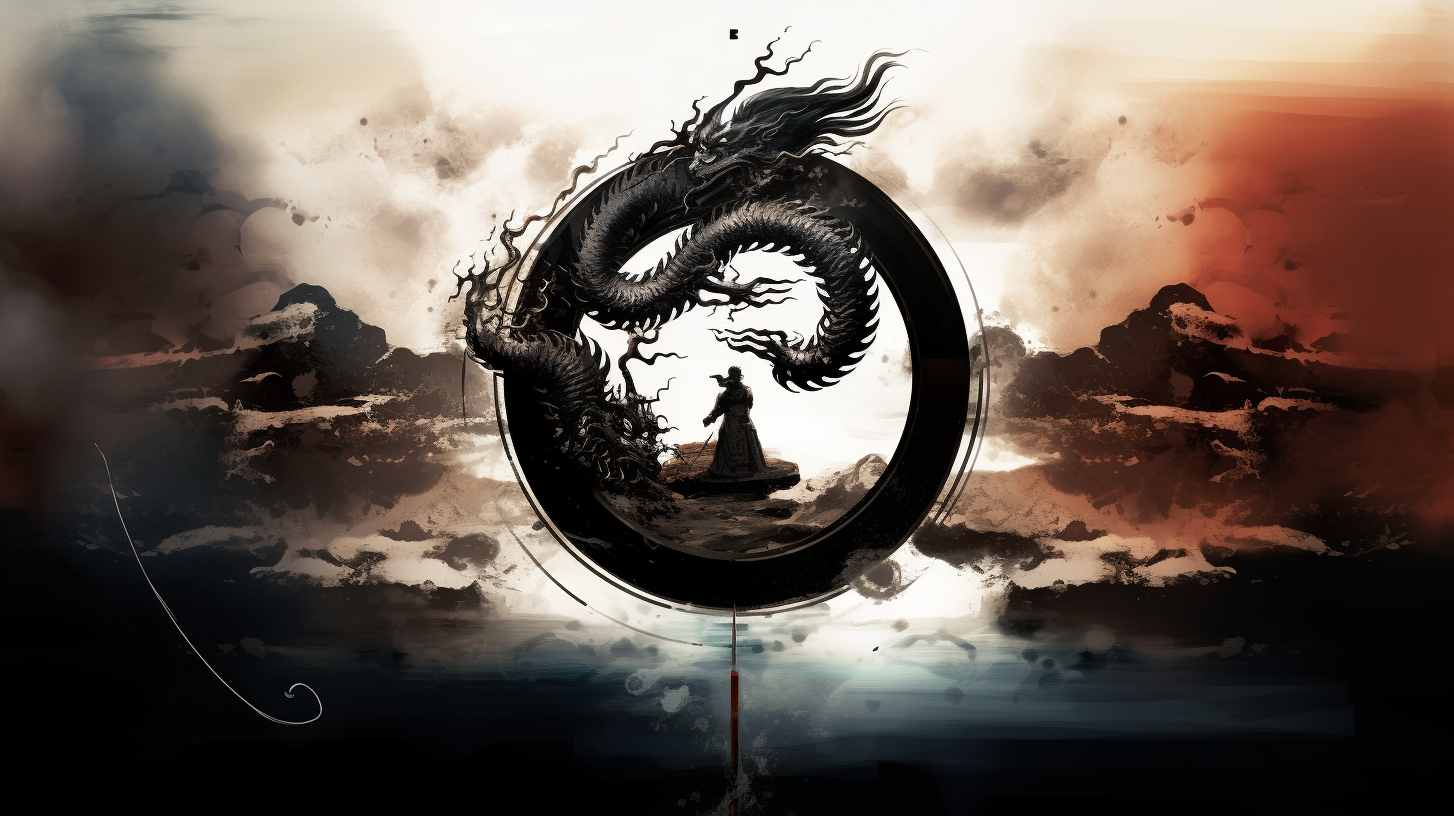



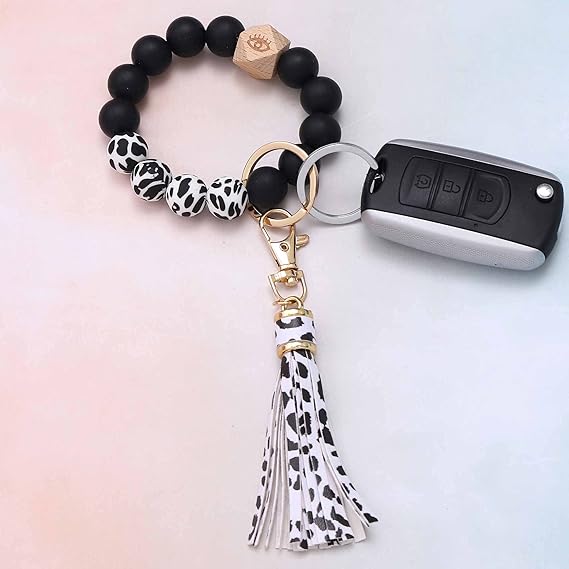
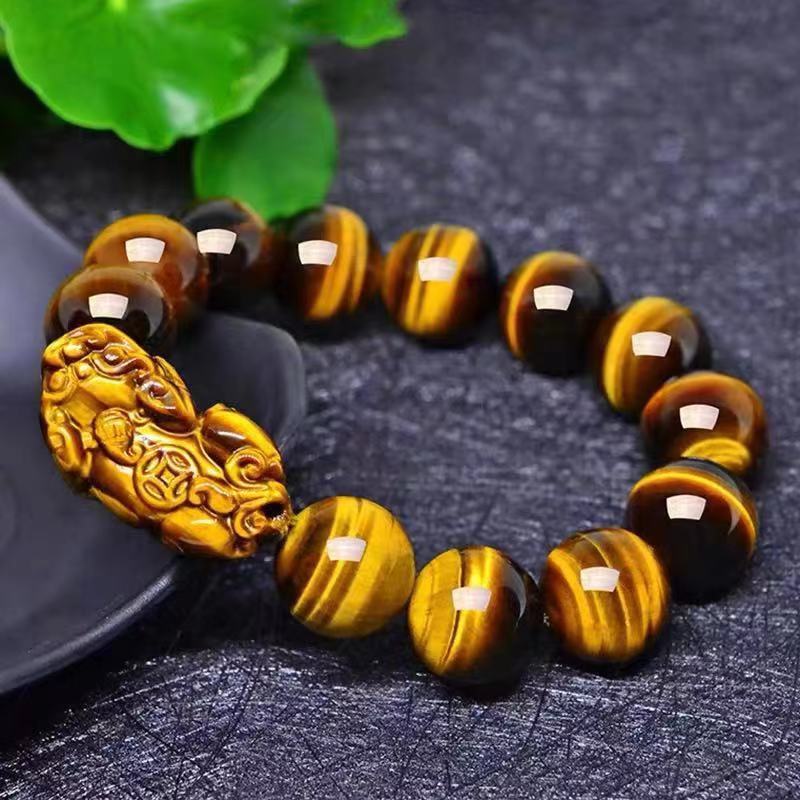
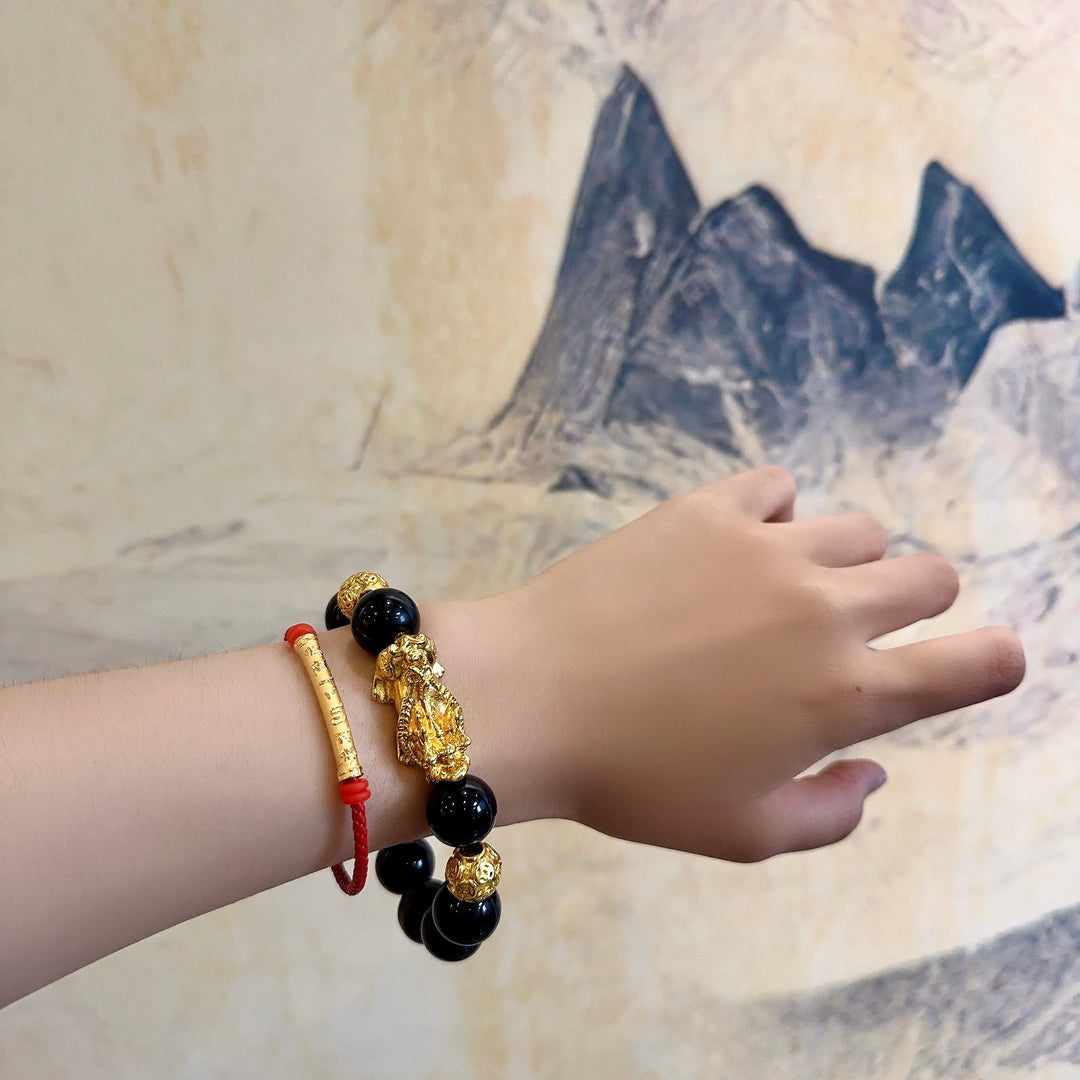
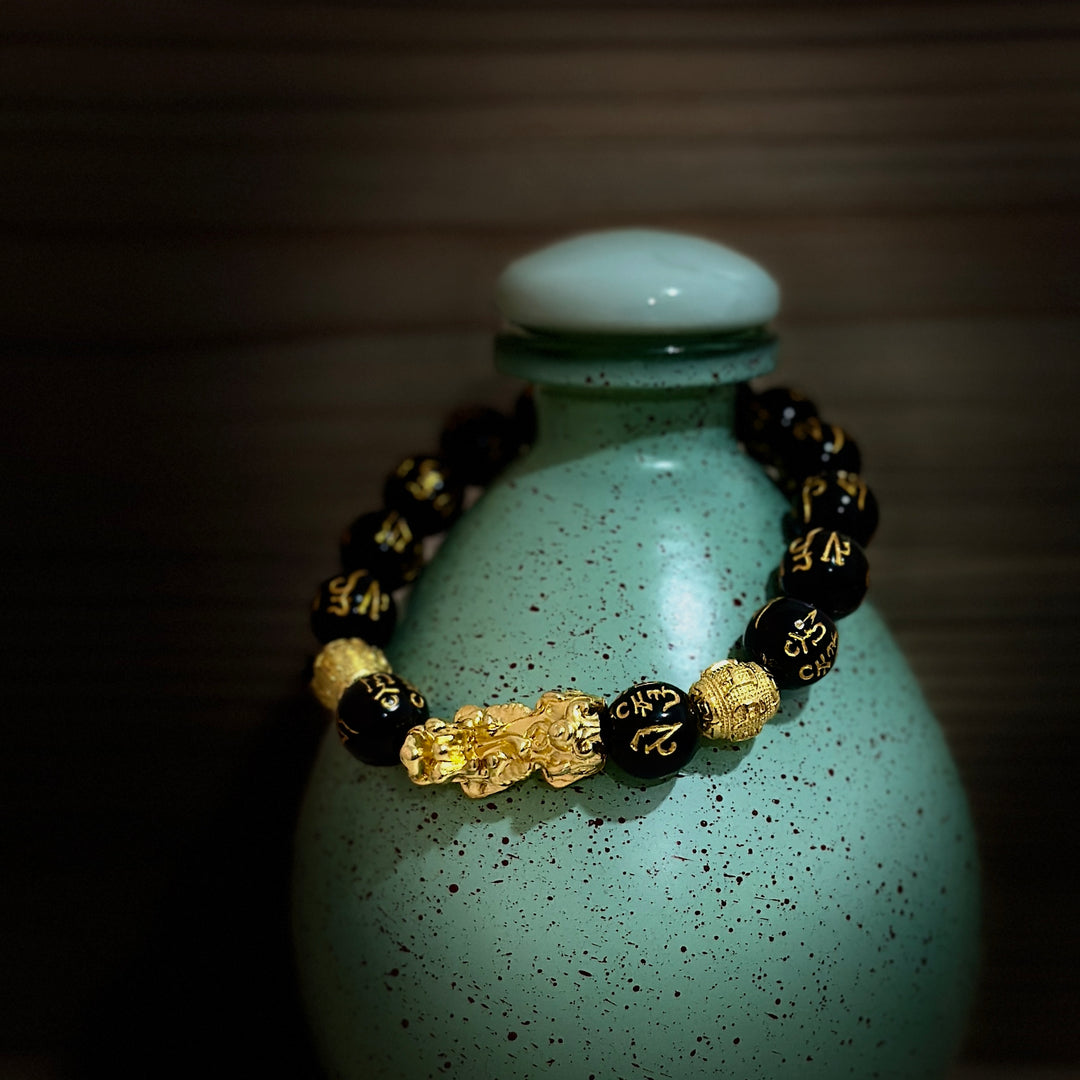
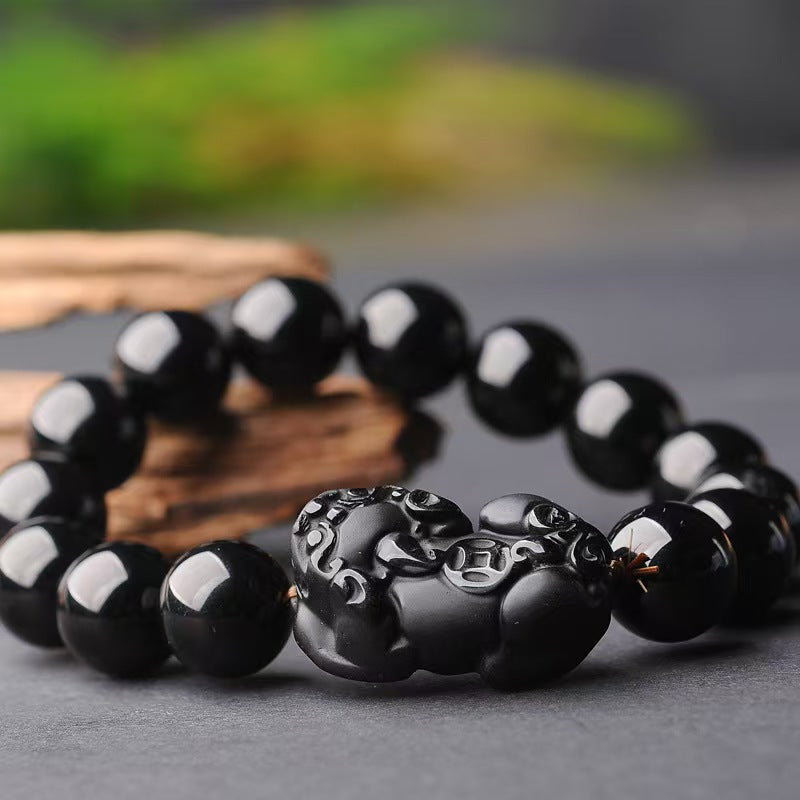




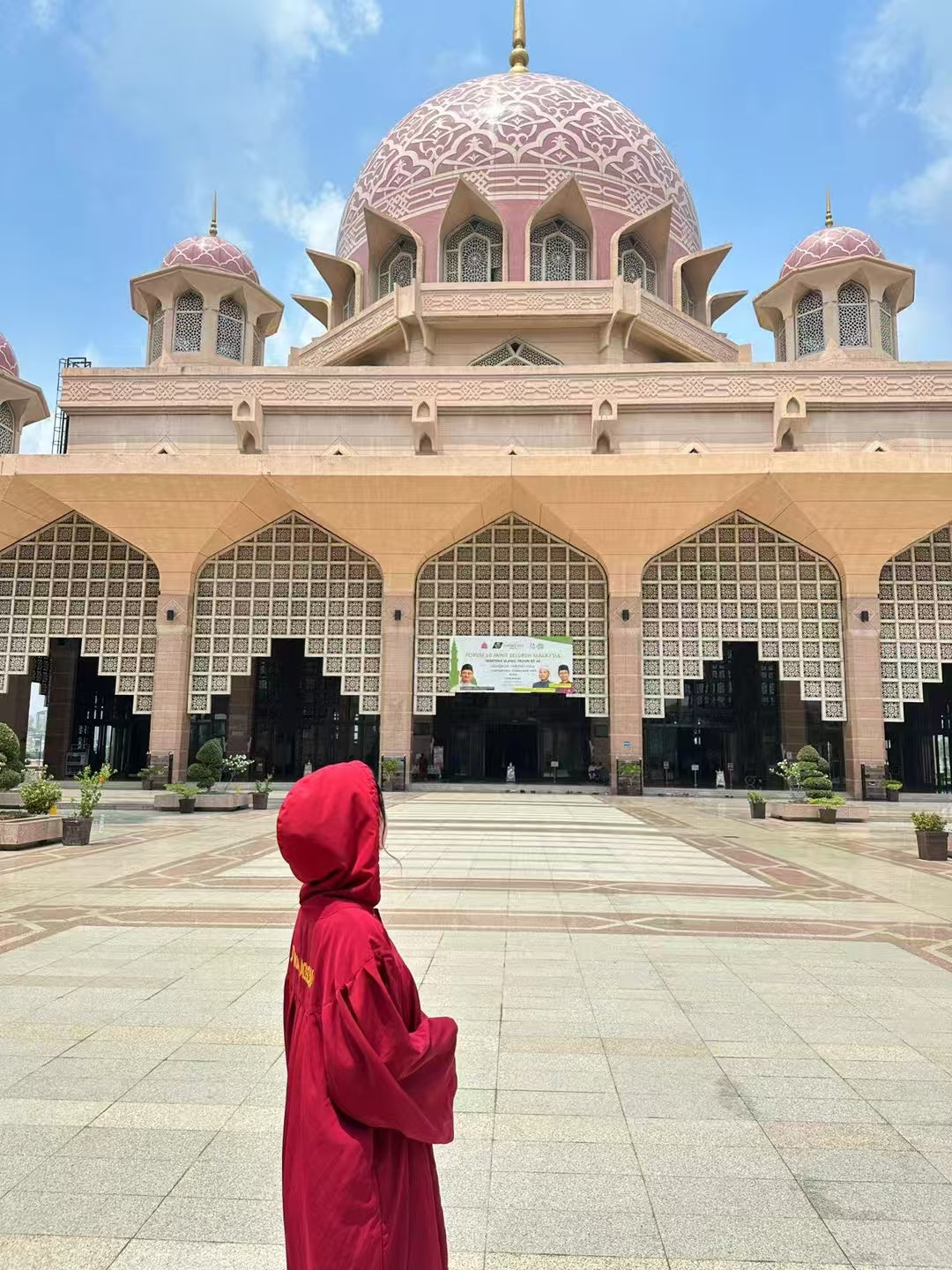
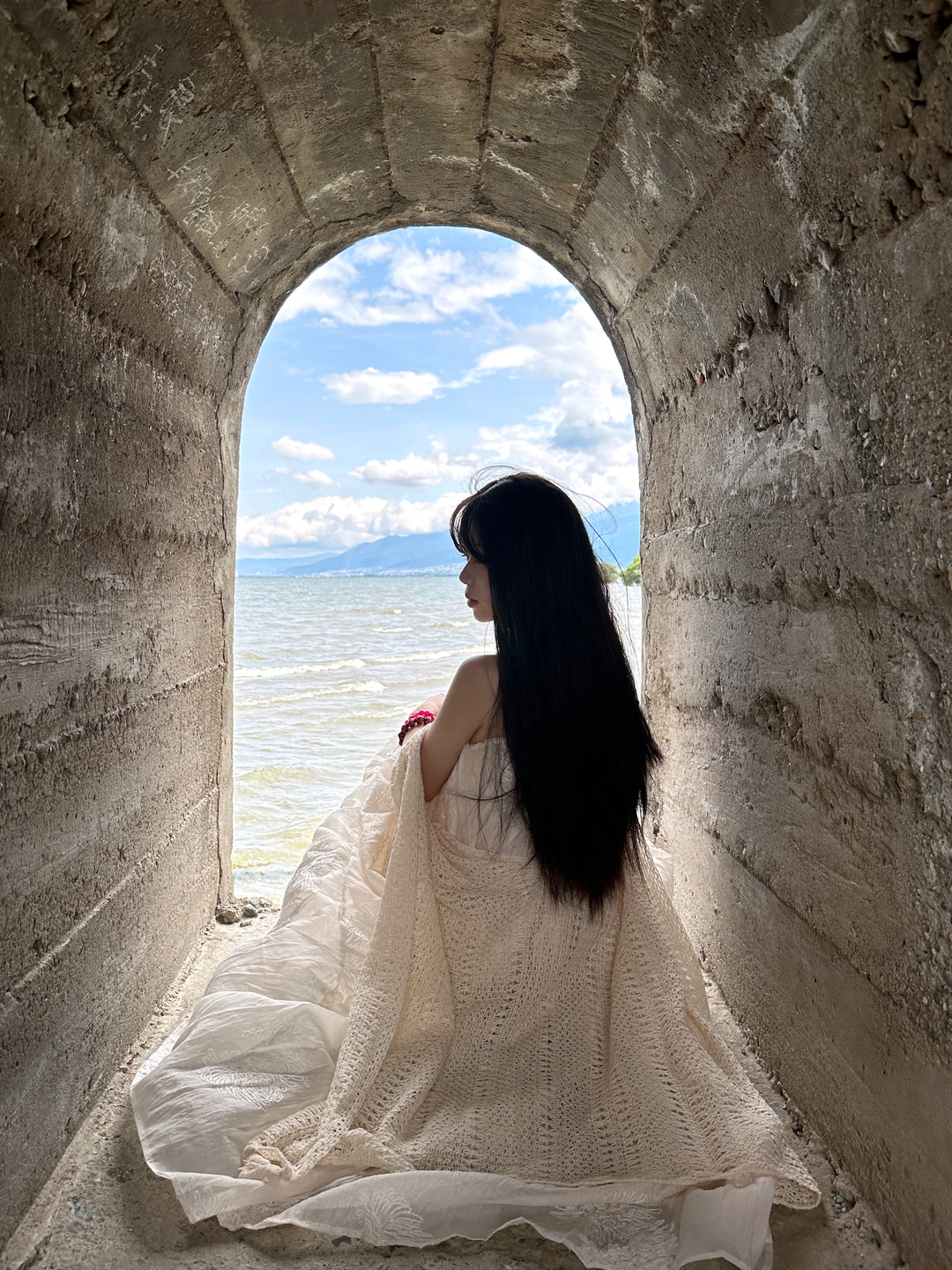
Leave a comment